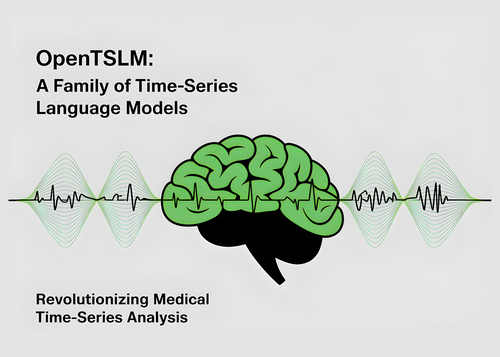Stanford Researchers Unveil OpenTSLM AI Model That Outperforms GPT-4o in Medical Data Analysis by 350%

Summary
Stanford researchers unveil OpenTSLM, a groundbreaking AI model that crushes GPT-4o in medical analysis by 350%, achieving 92.9% accuracy in ECG interpretations while using 60% less computing power and providing human-readable explanations for complex medical time-series data.
Key Points
- Stanford University researchers in collaboration with ETH Zurich, Google Research, and Amazon introduce OpenTSLM, a family of Time-Series Language Models that enables AI to interpret complex medical time-series data like ECGs and EEGs where current models like GPT-4o struggle
- OpenTSLM uses two architectures with the Flamingo variant proving most effective, requiring only 40GB VRAM compared to 110GB for alternatives while achieving 69.9% F1 score on sleep staging tasks vastly outperforming GPT-4o's 15.47%
- Clinical validation at Stanford Hospital shows OpenTSLM provides correct ECG interpretations in 92.9% of cases with human-readable explanations, while researchers open-source all code and models to accelerate innovation in multimodal machine learning